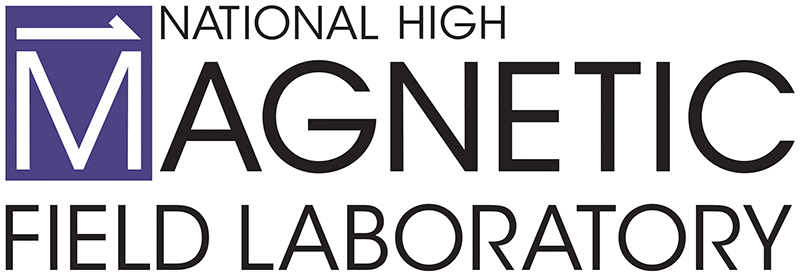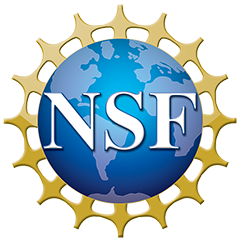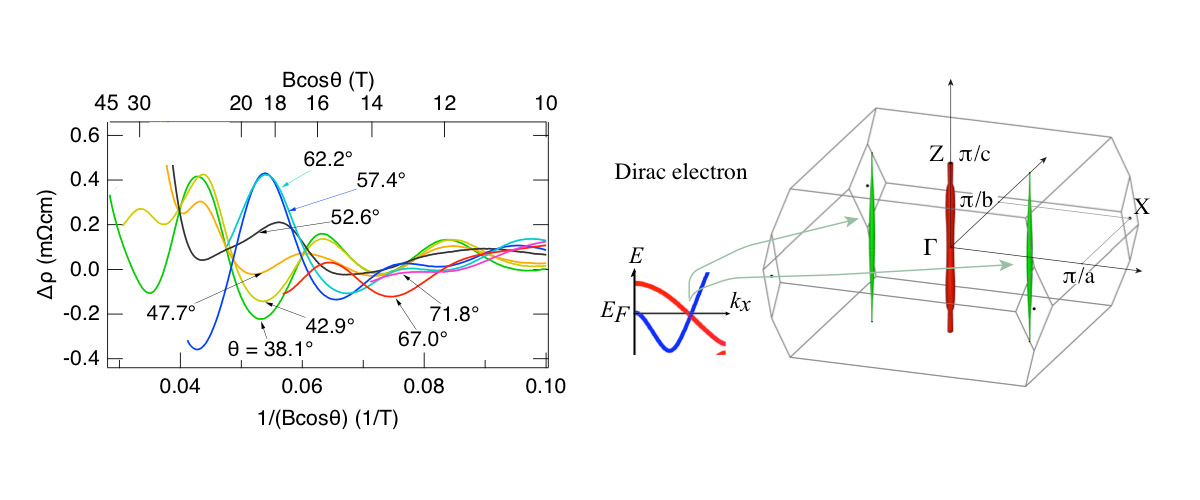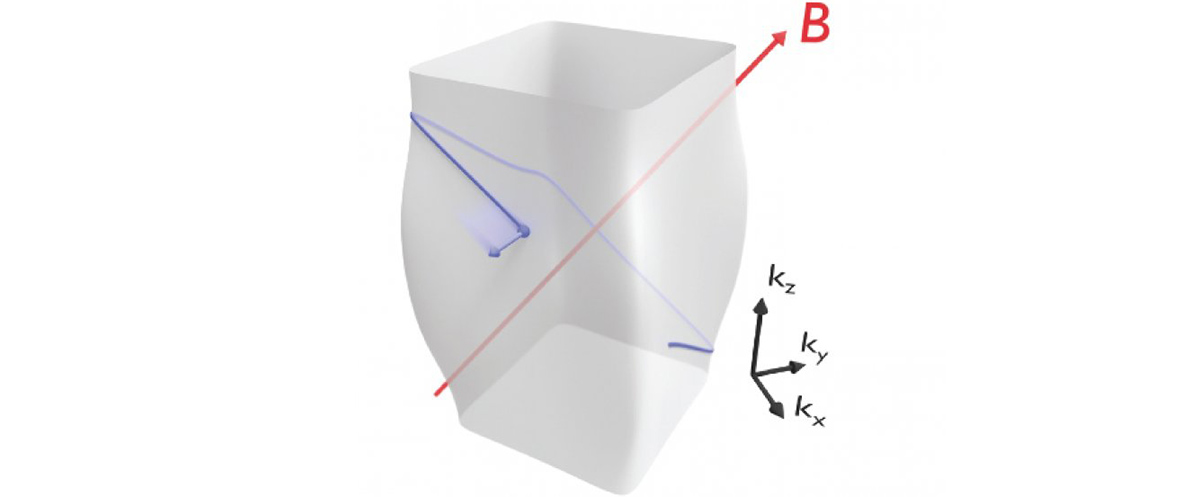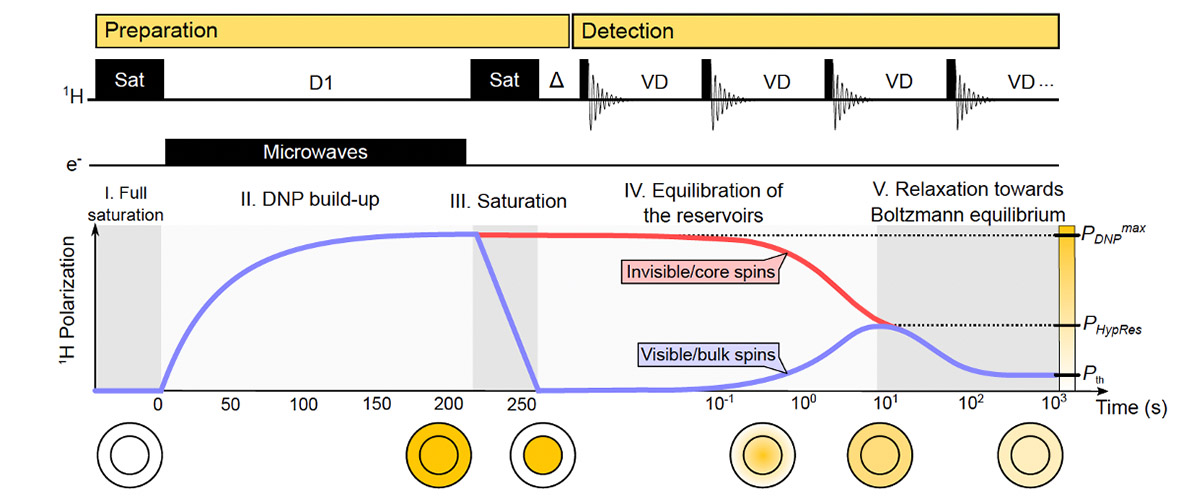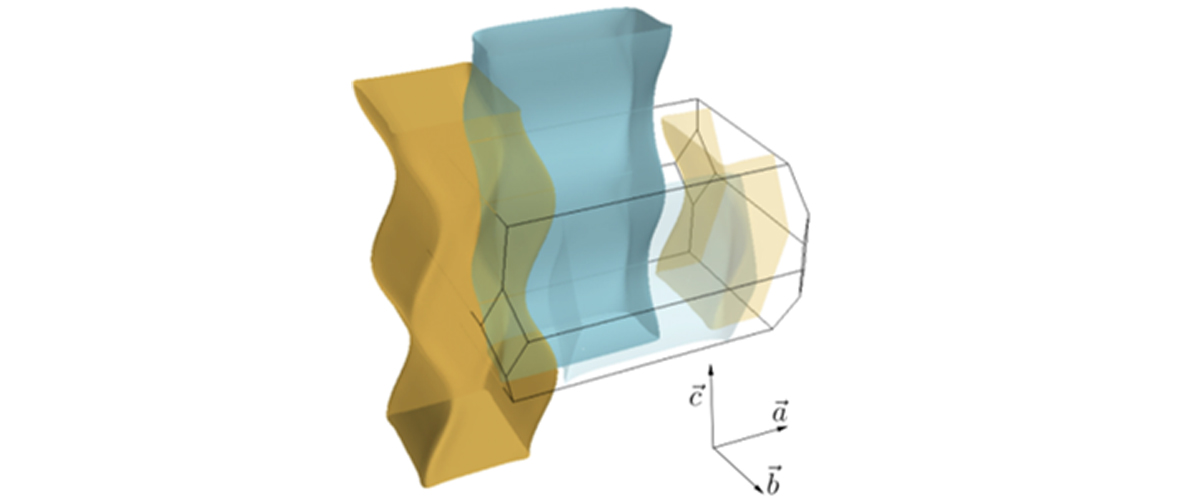First, some background
Iron-based superconductors have been the subject of intense study since their discovery in 2008. They possess high transition temperatures (56 K) and a structure that is significantly different from the cuprate superconductors. In addition to studying the superconducting members of this family scientists also peer into the workings of their non-superconducting parent compounds to gain an understanding of why superconductivity emerges in these materials. The work by Terashima et. al. sheds light on one of these parent materials.
What did scientists discover?
The Fermi surface provides information about which electrons determine many of the properties of a given metal, including its electrical resistivity. This collaboration succeeded in completely determining the Fermi surface of a material, CaFeAsF, that is interesting because it is a parent compound from which "1111-type" iron-based superconductors are made. This Fermi surface mapping resulted from measuring the quantum oscillations in the electrical resistance that occur as the magnetic field is swept and rotated. These measurements demonstrated that some of the electrons on the Fermi surface in CaFeAsF are Dirac fermions.
Why is this important?
Among the many families of iron-based super-conductors, the 1111-type features the highest superconducting transition temperature, but progress has been limited due to sample quality issues. This first observation of the Fermi surface in a type-1111 compound significantly improves our understanding of these materials, including establishing the existence of Dirac fermions, which may enable future industrial applications.
Who did the research?
T. Terashima,1 H. T. Hirose,1 D. Graf,2 Y. Ma,3,4 G. Mu,3,4 T. Hu,3,4 K. Suzuki,5 S. Uji,1 and H. Ikeda5
1NIMS, Japan; 2National MagLab, FSU; 3SIMIT, China; 4CENSE, CAS, China; 5Ritsumeikan U., Japan
Why did they need the MagLab?
The MagLab's unique combination of ~0.3 Kelvin temperatures and 45-tesla magnetic fields was needed to reveal quantum oscillations in this 1111-type material.
Details for scientists
- View or download the expert-level Science Highlight, Dirac fermions detected via quantum oscillations
- Read the full-length publication, Fermi Surface with Dirac Fermions in CaFeAsF Determined via Quantum Oscillation Measurements, in Physical Review X
Funding
This research was funded by the following grants: G.S. Boebinger (NSF DMR-1157490); T. Terashima (JSPS KAKENHI JP17K05556); G. Mu (Youth Innovation Promotion Association of CAS No. 2015187); T. Hu (National Natural Science Foundation of China No.11574338); H. Ikeda (JSPS KAKENHI JP17J06088, JP16H04021, JP16H01081)
For more information, contact Tim Murphy.
